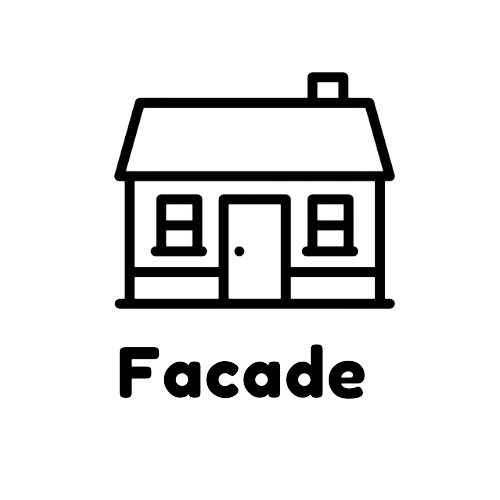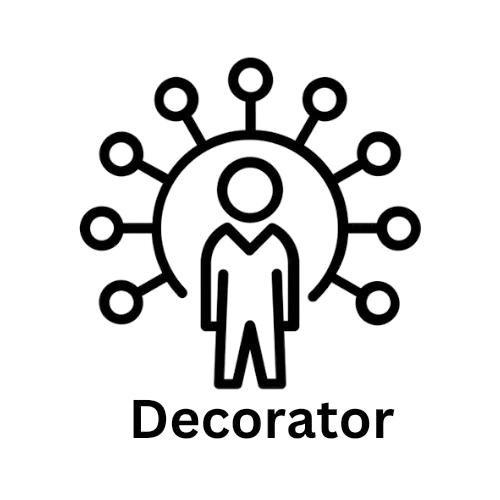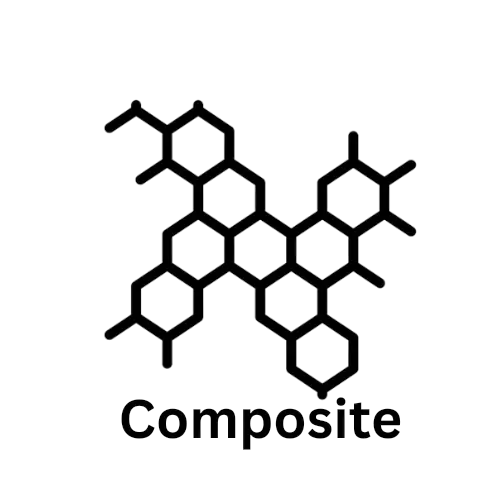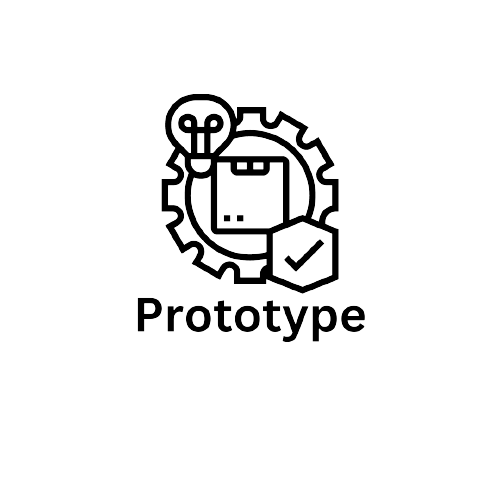Design Pattern: Chain of Responsibility Pattern in Go
Chain of Responsibility pattern chains the steps of processing and performs the process step by step. So the processing does not depend on a single object, but multiple objects are responsible for the processing, which is decided on the fly while processing. This article demonstrates Chain of Responsibility pattern implementations in Golang.










